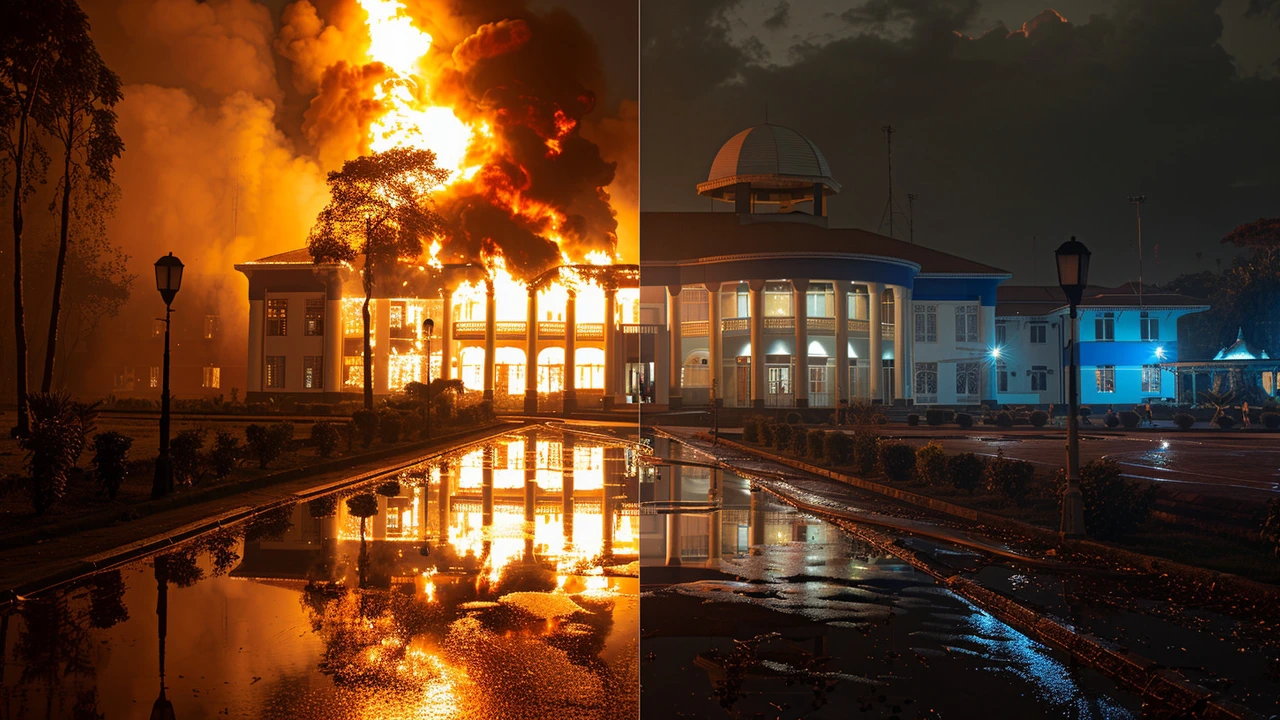Catastrophic Fire: What You Need to Know
Catastrophic fires aren't just big flames; they have the power to suddenly change lives, destroy homes, and disrupt communities. Understanding how these intense blazes start and the damage they cause can help you stay safe and prepare better for emergencies.
These fires often spread rapidly due to dry conditions, strong winds, or flammable materials nearby. Think about bushfires that sweep through forests or major building fires that happen in dense urban areas—both are dangerous because of how fast and unpredictable they can be.
What Makes a Fire Catastrophic?
It's not just size. A fire becomes catastrophic when it causes significant harm to people, property, or the environment. This might mean entire neighborhoods burned down, loss of lives, or long-term effects like toxic smoke and air pollution. The aftermath is usually overwhelming for those affected and requires large-scale emergency response.
Also, many catastrophic fires happen when safety measures either are missing or fail. Faulty wiring, unattended open flames, or lack of firebreaks in forest areas can all lead to disaster. That’s why understanding risks and acting on fire prevention can really make a difference.
Simple Steps to Protect Yourself and Others
Living or working in areas prone to fires means staying alert and ready. Start by making sure your home has working smoke detectors and fire extinguishers. Plan escape routes with your family and practice them regularly. Clear dry leaves or flammable debris from around buildings.
When a fire breaks out, quick decisions save lives. Don’t wait to evacuate if authorities say so, and avoid smoke inhalation by staying low or wearing protective masks. Community awareness and cooperation also help—check on neighbors and share information on fire safety.
Catastrophic fires are scary, but learning about them and being prepared can lower risks and keep you safe. Stay informed, stay alert, and never underestimate the power of a small spark.

Tragic Blaze Destroys Historic Moi Library at Kenyatta University
A devastating fire obliterated the Old Moi Library at Kenyatta University on May 5, 2024, resulting in extensive damage. The fire emerged under unclear conditions, destroying vast educational resources and disrupting academic activities.
Categories
- Sports (146)
- Politics (22)
- Entertainment (20)
- World (15)
- News (10)
- Lifestyle (8)
- Business (6)
- Technology (3)
- Health (3)
- Environment (2)



